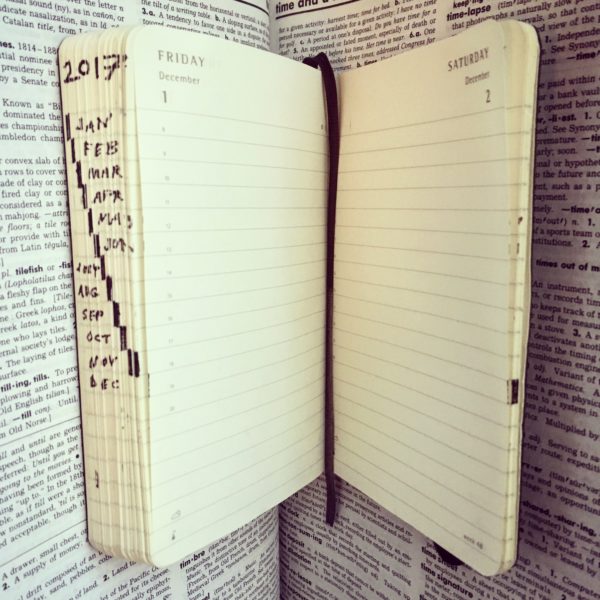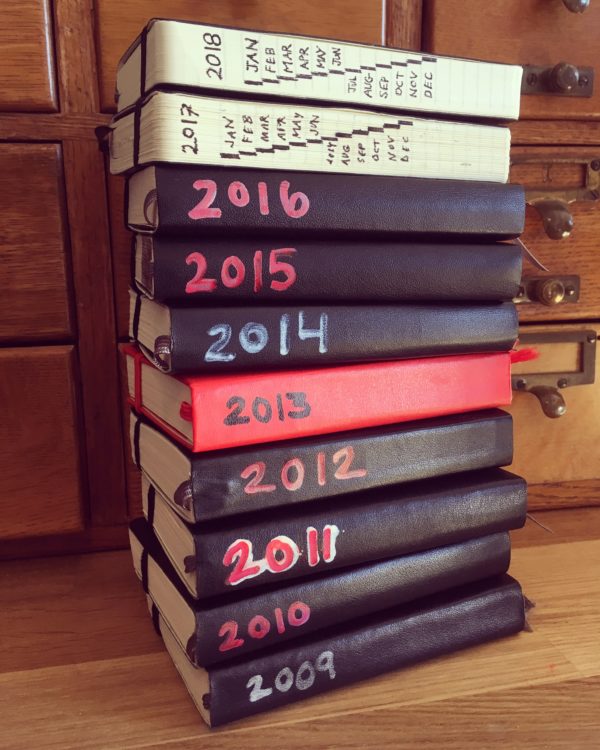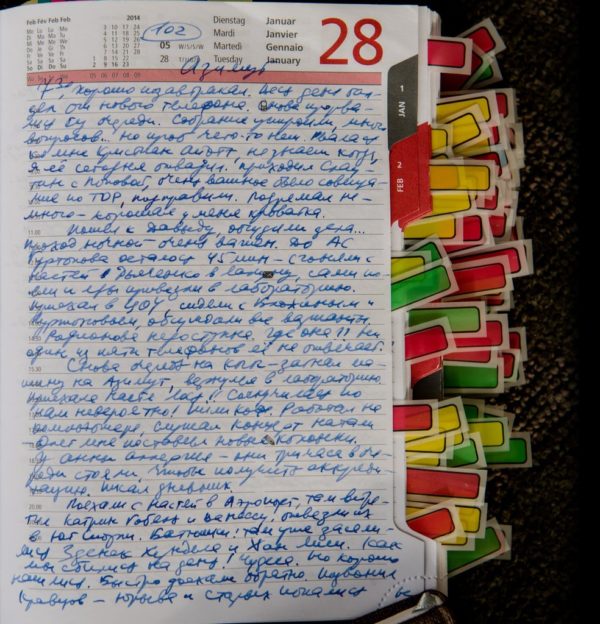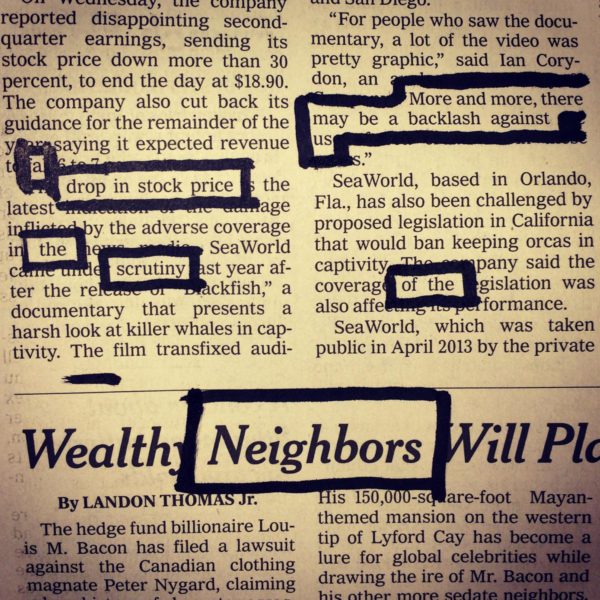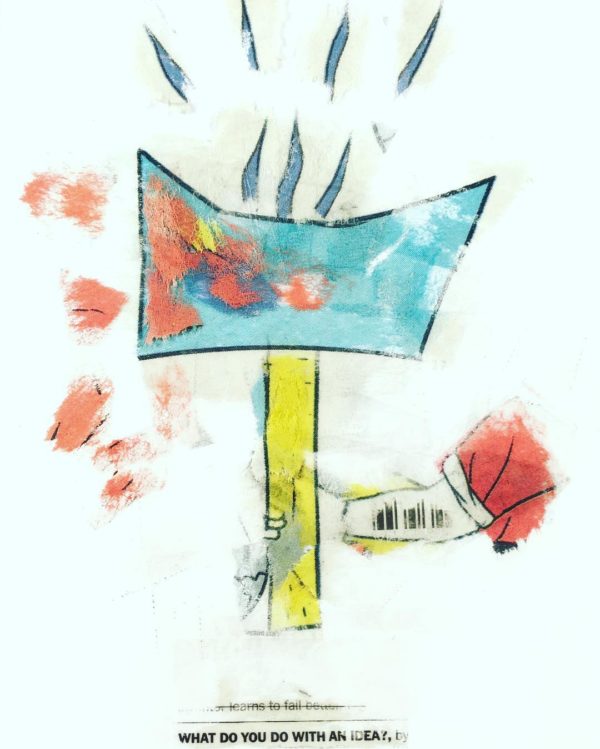
In the most recent episode of Song Exploder, Trent Reznor and Atticus Ross talk about their creative process in the studio. Reznor discusses his history with addiction, how he used to be afraid of failure in the studio, but how he now trusts “the process” to getting him somewhere. Maybe most importantly, he says that when the ideas are really coming, he’s learned to give them enough time to come forth, without worrying too much about whether they’re good or bad. “There’s plenty of time to bring out the ‘This Sucks’ hammer,” he says.
Every artist has to balance between at least two modes: call them, for lack of better terms, the creative mode and the editorial mode. In the creative mode, you don’t worry about whether things are good or bad, you just let them happen. In editorial mode, you go back and look at what you’ve got, and you ask the questions, “Is this good? Does this suck?”

Lynda Barry’s essay, “Two Questions,” from her brilliant book, What It Is, explores why and when the editorial mode appears and how you can make it go away long enough to get things on the page. It’s essential, Barry says, “To be able to stand not knowing long enough to let something alive take shape! Without the two questions so much is possible.”
Donald Barthelme says the same in his classic essay, “Not-Knowing”:
The not-knowing is crucial to art, is what permits art to be made. Without the… process engendered by not-knowing, without the possibility of having the mind move in unanticipated directions, there would be no invention… Writing is a process of dealing with not-knowing…
Fortunately for Reznor, he says he has been able to offload most of the editorial mode onto Atticus Ross, so he can stay in the creative mode — he’ll even leave the room for 20 minutes while Ross is assembling pieces of what they’ve recorded in Pro Tools (Oblique Strategy: “Go outside. Shut the door.”):
The different mindsets, or different hats one has to wear in this environment: one of them is the subconscious, follow the Muse, eyes closed, and another one, that’s radically different, is the editorial. “What sucked? What was good? What’s the piece that fits with that?” I love having [Ross] do that part, because I can stay in the other mode of not trying to analyze exactly what’s going on, and still stay subconscious. It keeps this momentum going where neither of us are bogged down too much. Our skill sets compliment each other. So, it’s him arranging stuff. I just kind of bang into things.
This is a terrific argument for collaboration, and the power of two, but for those of us who work solo, we have to try to split ourselves into two different people. We have to play the two different roles, inhabit the two different mindsets, wear the two hats. The easiest way do this, I’ve found, is to split up the modes in time: Write something without stopping, let it sit for 24 hours, or even a week, or even a year, then come back to it with the red pen. Or, make something in one space, then take it over to another space to fiddle with it. (This is why I have separate analog and digital desks in my studio: analog for creative mode, digital for editing mode.)
Most important of all, though, is to keep the “This Sucks” hammer out of reach until you’re ready for it.


